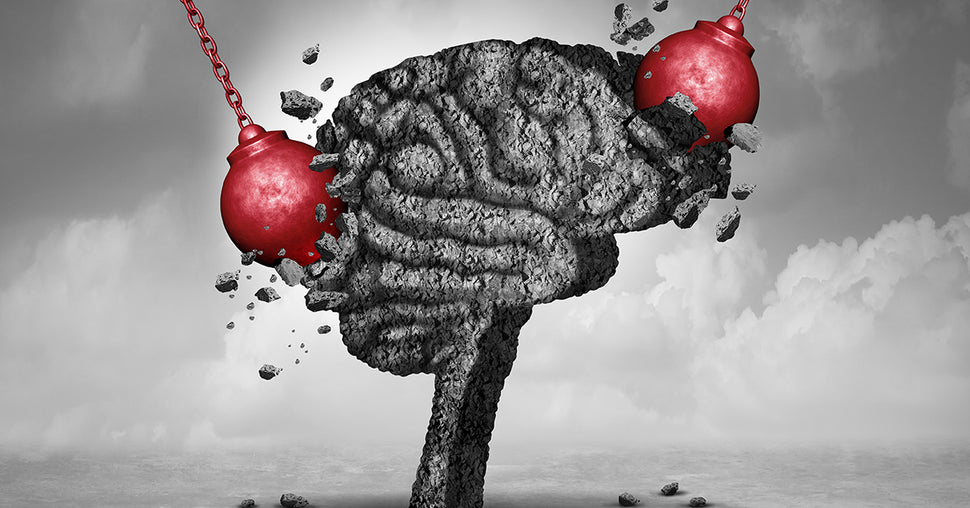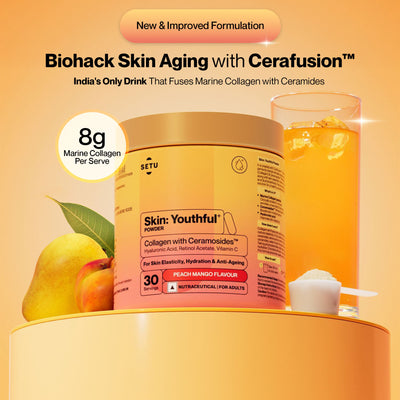Different Types of Headaches
20 May 2020
According to the WHO, almost half of the adult population across the world suffers from recurrent headaches. These are often the result of personal or societal burdens of pain, poor quality of life, disabilities, and financial stress. Headaches are often underestimated, under-recognized, and under-treated throughout the world and across all the classes.
Only a handful of people with headache disorders are diagnosed appropriately. Headache disorders can affect a person’s quality of life, quality of work, and productivity. Repeated attacks of headache and the constant fear of having the next attack can damage one’s personal relationships, social life, career, and employment. Long-term coping efforts can expose individuals to health conditions like anxiety and depression. Therefore, it is important to identify the type and cause of headaches . Listed below are the most common types of headaches and the reasons associated with them.

CAUSES OF HEADACHES
All types of headaches can be classified into two categories – primary and secondary. This will help to determine the possible causes.
Primary headaches are the kinds of headaches wherein the headache is itself part of the problem rather than the symptom. These types of headaches are typically a result of abnormalities or problems in the structures of the head and neck. Primary headache causes can include overactivity in:
- Specific regions of the brain
- Blood vessels
- Nerves and muscles
- Brain chemicals
Some headache types that could belong to this category are tension and cluster headaches. In some cases, they may be triggered by alcohol intake, certain foods, lack of sleep, posture, and stress. Medication overuse headaches also fall into this category.
Secondary headaches, as you suspected, are usually symptoms of some underlying health condition. The causes are a lot more varied and can include:
- Illness caused by infection
- Pregnancy
- Stroke or brain tumors
- Hypothyroidism
These headaches are often indicative of more threatening health issues and require medical attention, especially if they are disruptive, persistent or recurring, accompanied with other symptoms or unresponsive to treatment.
Migraine
This is the most common type of headache that begins at puberty and tends to mostly affect people who are between 35-45 years of age. Migraine is twice as likely to affect women than men, due to hormonal influences. It occurs because the brain releases an inflammatory response around the blood vessels and nerves of the head, due to changes in the body.
Migraine attacks typically include recurrent headaches that are of moderate or severe intensity, one-sided, aggravated by routine physical activity that may last for several hours and sometimes even up to 2-3 days..

Tension-Type Headache (TTH)
Around 1-3% of the adult population suffers from chronic TTH, which occurs for more than 15 days in a month. It is often the result of severe stress or musculoskeletal problems in the neck. Episodic TTH attacks can last for a few hours or persist for several days. If your headache feels like pressure or tightness, like a tight band around the head, sometimes spreading all the way down to the neck, you may be suffering from TTH .
Cluster Headache (CH)
CH is relatively uncommon. It affects one in 1000 adult individuals, and is six times more common in men than in women. Most people develop CH in their early 20s. This condition is characterized by frequently recurring, extremely severe headaches that occur several times a day. The pain is usually focused in or around one eye with tearing and redness of the eye. The nose on the affected side is blocked or runs .
Medication-Overuse Headache (MOH)
As the name suggests, MOH is caused due to excessive use of pain-relieving medications that are used to treat headaches. It affects almost 5% of the population, mostly women, and is persistent, especially when one wakes up in the morning .
Sexual Headache
Sexual headache, also known as coital cephalalgia is of two types, pre-orgasmic and orgasmic. It is unpredictable and does not necessarily have to transpire after every coital experience. The pre-orgasmic type is usually a dull, pressure-like, or aching pain that occurs during the coital activity and increases with the mounting of excitement and pleasure. Orgasmic headache, on the other hand, is a sudden explosive onset that is followed by a severe throbbing pain in the head that occurs at the moment of orgasm or immediately after it . This type of headache affects 1% of the population.
Not all headaches can be cured by popping painkillers. Your headache may not just be the result of extended screen time, but something more severe, something indicating serious health concerns. Therefore, it is important to find the cause of the problem, so that it can be treated in time. Each of the above-mentioned types of headache demands a different line of treatment that is more than just over-the-counter medication.
Skin: Renew - Glutathione - Orange Flavour
- ₹1,996
- ₹1,996
-
₹2,600 - ( 23% OFF)
Categories
- Choosing a selection results in a full page refresh.
- Press the space key then arrow keys to make a selection.
this is the sidecart











